India’s battery recycling market, valued at $554.4 million in 2024, is projected to more than double to $1,304.1 million by 2033, growing at a CAGR of 8.93% during 2025–33, according to data from the IMARC Group.
Key drivers include ambitious policy incentives, regulatory shifts, and rapid technological advances. For instance, the Ministry of Mines, under the National Critical Mineral Mission (NCMM), has launched an INR 1,500 crore incentive scheme to support recyclers of e-waste, lithium-ion batteries (LiB), and end-of-life vehicles (ELVs), while the removal of customs duty on waste and scrap in 2024 aims to boost feedstock availability.
However, the market faces new complexities: the shift toward Lithium Iron Phosphate (LFP) batteries, stricter international waste regulations, and recent domestic policy changes have created feedstock shortages and operational challenges, particularly for smaller players. Despite these headwinds, the industry’s long-term prospects remain strong, provided technological innovation and responsive policies keep pace with market needs.
To accelerate India’s battery recycling ecosystem, industry body India Energy Storage Alliance (IESA) has submitted a comprehensive set of recommendations for policymakers and stakeholders.
Debmalya Sen, president, India Energy Storage Alliance (IESA), “India stands at a crucial juncture in building a circular battery economy. Our recommendations are designed to streamline regulations, incentivize innovation, and foster collaboration between industry and policymakers. This will not only address current feedstock and compliance challenges but also unlock new opportunities for sustainable growth in India’s battery recycling sector.”
Shreya Sikarwar, Recycling Specialist, IESA, emphasized, “To truly scale battery recycling in India, we must focus on eco-design, robust traceability, and standardized quality benchmarks. By integrating informal sector players and embracing global best practices, India can lead Asia in responsible, efficient recovery of critical minerals and drive the next wave of clean energy manufacturing.”
IESA recommends that the government should define clear roles and responsibilities under the Battery Waste Management Rules, including recognizing remanufacturers of second-life batteries as producers at the repurposed stage and establishing specific criteria for when a battery is considered “second-life.” There must also be clarity on who verifies recycler credentials and accountability in cases of fraudulent or non-compliant EPR transactions.
To incentivize eco-design for easier recycling, the introduction of an “Eco-Mark” certification is suggested for batteries designed for recyclability and safe dismantling, alongside encouragement for the use of water-dispersible binders, recyclable fixtures, and non-thermoset adhesives.
Secure data-sharing between OEMs and second-life manufacturers is essential, along with adopting global standards like UL 1974 and IEC 62933 to ensure safe and reliable repurposed batteries. IESA also stresses the need for sustainability certification for recyclers; adherence to energy-, water-, and emissions-based benchmarks; and recycled content usage targets aligned with emerging battery chemistries and domestic manufacturing. Harmonized waste regulations, updated EPR floor prices, and audits of EPR credit trading are critical for effective implementation.
IESA calls for clear standards for black mass management, including fixed product composition, unique HS codes, and mandatory batch-wise chemical testing aligned with global best practices. Exports should be limited to CPCB-registered recyclers to eliminate traders from the system. Ensuring the quality of recovered materials requires accredited labs for certification and the development of quality benchmarks for integration into mainstream manufacturing.
IESA further recommended strengthening traceability frameworks through unique digital IDs and blockchain transparency, formalizing and upskilling the informal sector, and linking informal aggregators to authorized recyclers. Rationalizing taxation by reducing GST rates on scrap, black mass, and second-life products, enhancing compliance and audit mechanisms, mobilizing financing through green credits, carbon markets, and priority sector lending, and driving consumer awareness with producer-led initiatives and deposit refunds are all key steps.
This content is protected by copyright and may not be reused. If you want to cooperate with us and would like to reuse some of our content, please contact: editors@pv-magazine.com.
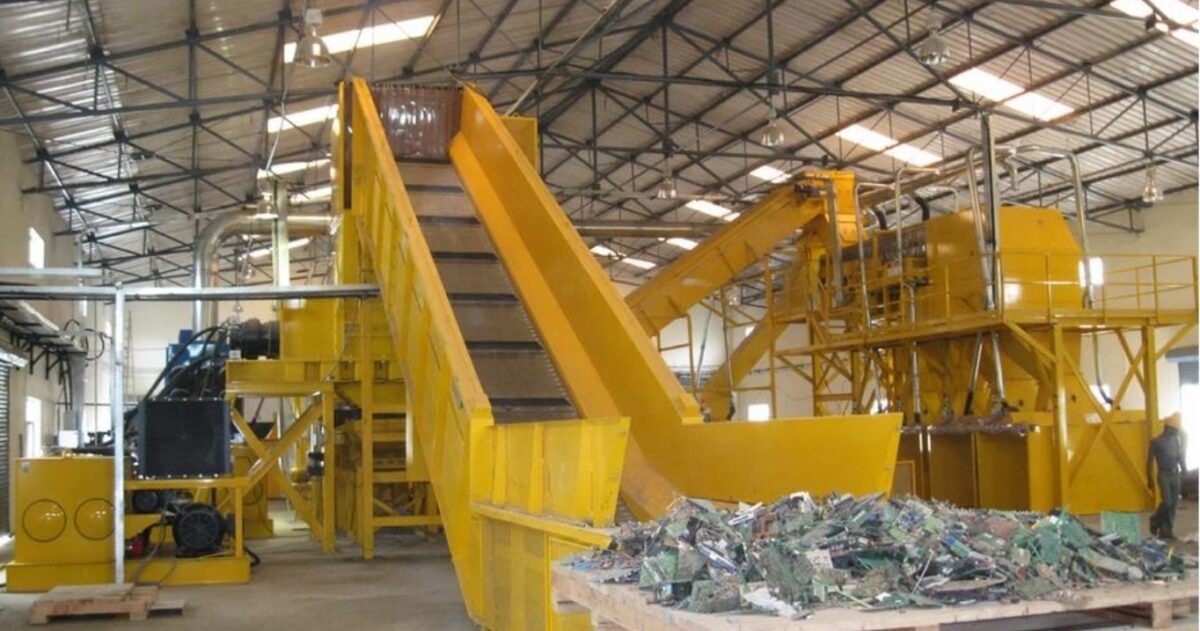



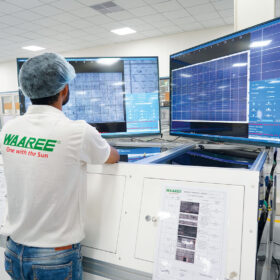
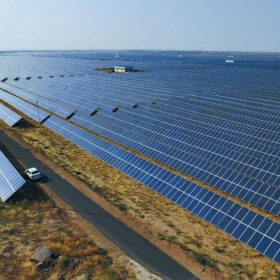
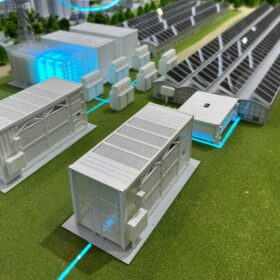

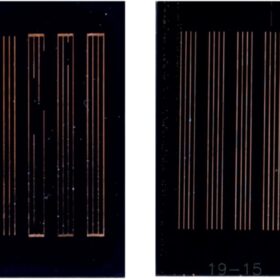
By submitting this form you agree to pv magazine using your data for the purposes of publishing your comment.
Your personal data will only be disclosed or otherwise transmitted to third parties for the purposes of spam filtering or if this is necessary for technical maintenance of the website. Any other transfer to third parties will not take place unless this is justified on the basis of applicable data protection regulations or if pv magazine is legally obliged to do so.
You may revoke this consent at any time with effect for the future, in which case your personal data will be deleted immediately. Otherwise, your data will be deleted if pv magazine has processed your request or the purpose of data storage is fulfilled.
Further information on data privacy can be found in our Data Protection Policy.